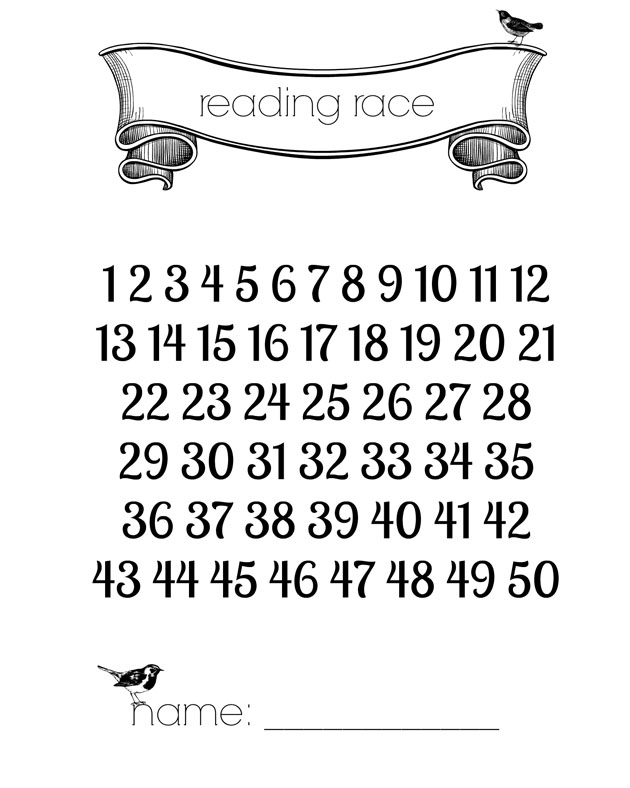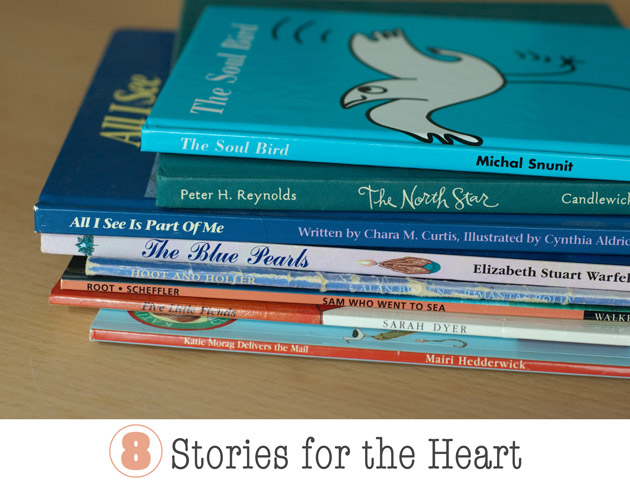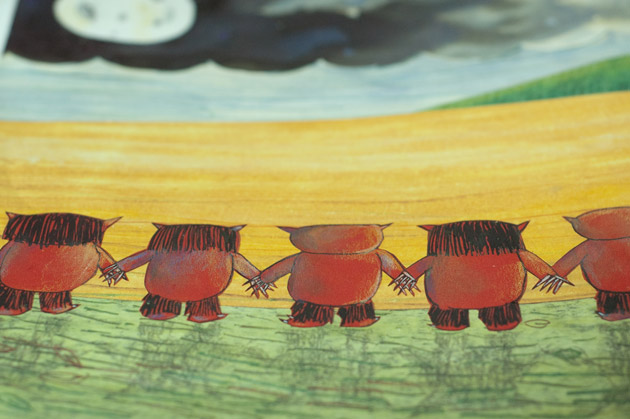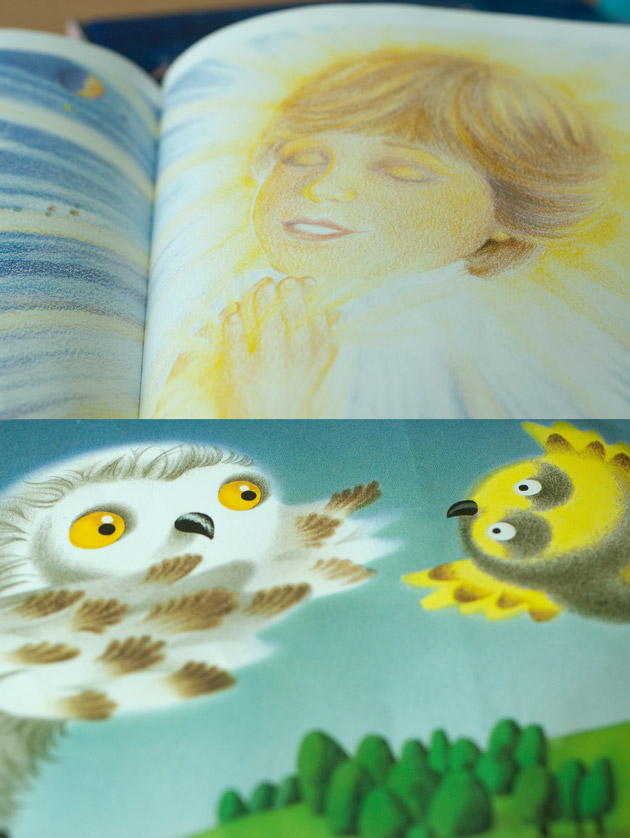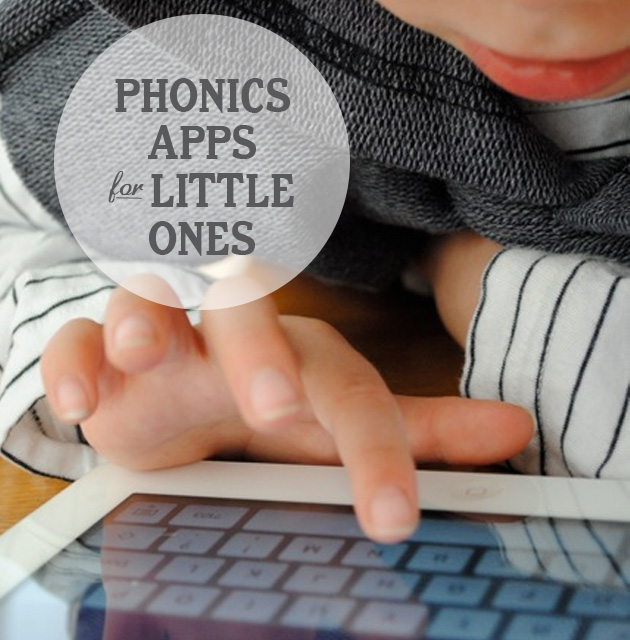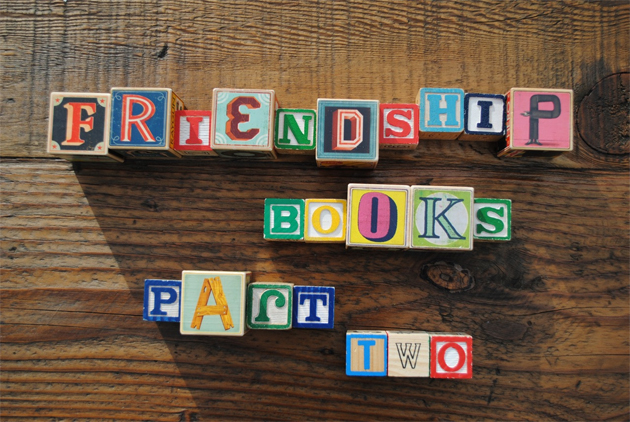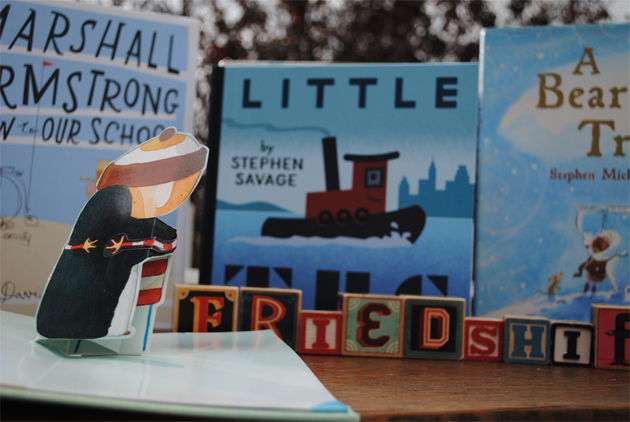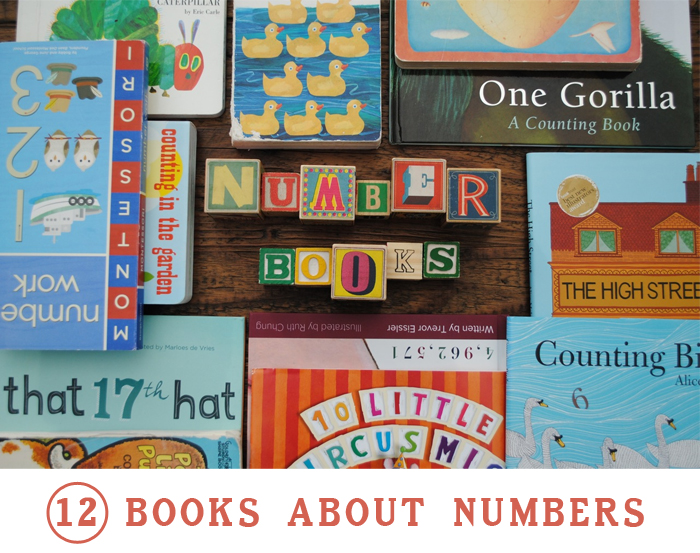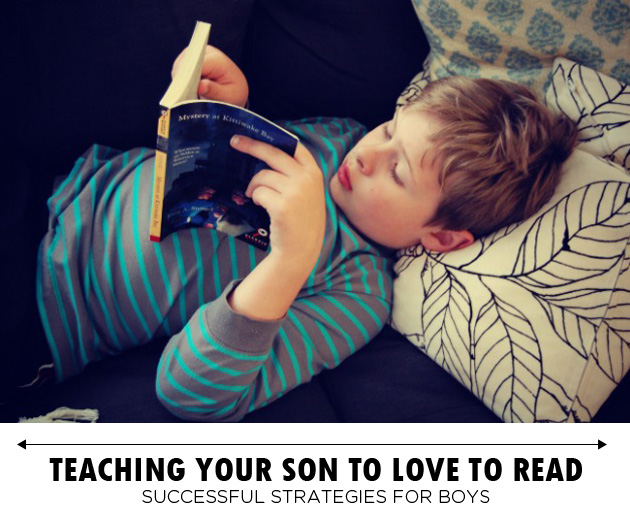
Becky from a Sweet Hot Mess is with us to share some great tips on how to inspire a love of reading within the young boys in our lives…
After lots of reading, many conversations with other parents and lots of hands on experience, I have come to a have a relatively good grasp on this modern dilemma of teaching our boys to read – and not just read, but to LOVE to read.
Understanding personal inclinations/talents/deficits do exist in all children, here are some general guidelines to help the process along.

First and foremost, we must realize that it is more important that our sons love to read more than what they are reading. This is where creativity comes into play. Understanding early on that movement provided a more productive learning environment for my son, I would create complicated scavenger hunts that would culminate in a book’s worth of clues read as he raced around our house and yard.
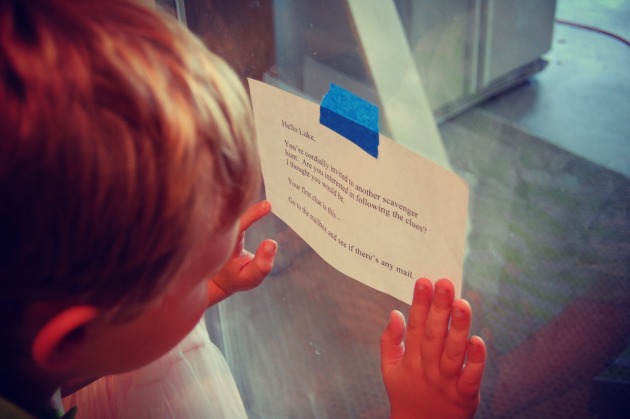
Sometimes I would make up stories with him so he could read them later – allowing him to give me the character and actions. The more silly (or gross), the better. We had a whole series of short stories about “Nat, the fat rat who liked to fart/eat cheese/dance ballets”. And when my own strategies failed me (there are always those days as a parent), I always used my favorite backup – the grandparents/aunts/uncles/cousins calls. I would set up regular calls with relatives and turn the phone over to my son and have him do his reading for them. It worked like magic, as he became enthused again and sailed through his books. Even better are Skyping sessions with cousins and friends who have the same book and they can take turns reading it together (this is especially helpful with early chapter reading as each child takes a turn at each paragraph or page).
Again, all children are different, so the trick is to watch your son for clues as to what will work for him. Pair this individual knowledge with an understanding of most boys need for kinesthetic learning and you will find a successful path.
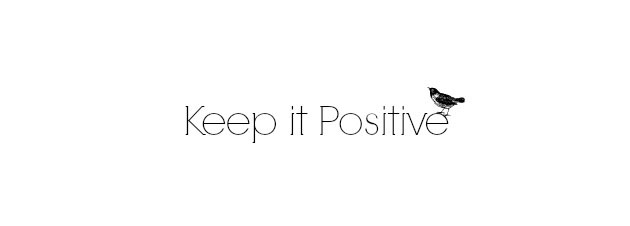
This is so hard, yet so important. Specifically for boys, ego and rewards are very much at the center of their learning processes. It is so important for you as a parent to create a positive environment for reading. Physically, if your son needs to hang upside down from the top bunk or squish himself into a ball on his beanbag while he reads, let him. If he needs to take his time as he studies the pictures or sounds out the words in his heads (don’t prompt if he is silent, boys are more likely to be internalizing their process as compared to girls – he’s working on it on the inside and will shut down if he feels over-corrected) – so allow for this time. Patience is such a HUGE part of a positive reading environment. So much of what you will do as a parent to nurture a good learning environment, is to be patient and supportive. More so than girls, boys will shut down emotionally and stop trying if they feel like they are on a doomed expedition. If there is no reward and only damage to their ego – they will protect themselves and remove themselves from the game – ie: reading. So smile a lot, give lots of hugs and kisses, high fives and hoorays as your son learns to love read. Even better, let him earn rewards for so many paragraphs/pages/chapters read. We had a difficult time transitioning our son to chapter books and the minute we promised him a trip to the waterslides for finishing 100 chapters, we had him hooked. (Just make sure you follow through!).

Most boys get bored easily. Some never even get interested and this can be a challenge. I have found that it is best to provide a variety of options, both fiction and non-fiction, in order to see what peaks my son’s interest the most. Early on, a friend told me that comic books were a great way to foster this love of reading in boys – there are pictures, storylines, jokes and lots of words. I was hesitant at first (my mommy ego dropped by for a moment) and then realized that I just wanted him to love stories and characters more than I wanted him to read Moby Dick by eight. And so our comic book collection began, as well as our joke book collection, snake book collection, and on and on and on. And in all of this jumble of books and themes – I realized my son was loving to read. I would find him curled up reading Calvin and Hobbes for hours on the couch. I loved it. He loved it. My ego took a nap.
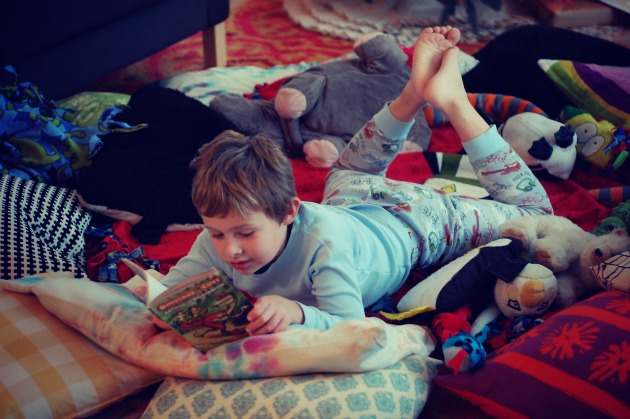
Another way to provide variety is to provide different kinds of books in different kinds of locales. To push his interest outside of his comfort zone, I kept books I would like him to try in my purse or hidden in the car. And when we were taking long trips or stuck at a doctor’s office, I would appease his inherent boredom with a book he would normally never pick up if he was at home and surrounded by the comfortable books he loved to read over and over again.
In addition, I found that I could grab his attention with gross books. I’m still on the fence about how I feel about some of these series, but truth be told – Captain Underpants was the series that catapulted my son’s love of chapter books to the next level. So, sometimes you have to swallow your angst a bit and let a gross book or two (or three or four) do their dirty work and get your son laughing and turning the pages.
This is HUGE. Reading out loud with our children provides us with enormous opportunities to see where natural deficits are happening and even better, to know when to move on to the next reading level. In reading with my son, we get to bond, work out vocabulary issues and spend time together. Shared reading is a new trend that many of us have been doing for a long time, but is really hitting the literary market as I type. Most sight word books, new reader series and non-fiction children’s books now have parent/child options, where the child reads part of the page and the parent reads another (oftentimes more difficult) part of the page. I really like this, in that it allows my son to see and hear where he is headed – to realize what his goals are. He will want to be the one reading the big paragraph someday, the one with the big words and big concepts, and thus his goals are laid out right in front of him and are definitely within his grasp.
Another element to this is to read individually, but collectively as a family. We like to carve out time to read together – whether in the evenings or for a few hours on the weekends. We all grab our own books, curl up on the couches and lose ourselves in our books, and thus we are “reading together”. This is a positive way to send the message of your values and expectations to your son – and sometimes, it’s a good reminder for us parents that we need to be reading for fun a bit more often.

Okay, Mom and Dad – this is where you get to live and dream big. Many libraries, both online and local provide us with many opportunities to spark our children’s interest in the greater literary scheme by providing free recorded books. And with all this gender specific talk – this is where gender does not matter. If anything, go out of your way to introduce your son to all kinds of literature from Anne of Green Gables to The Hobbit. Make sure your son is comfortable with both a male and female protagonist, as well as authors. And introducing your son to greater pieces of fiction via these recordings allows for a mental break, where they can fall in love with the story instead of stressing about their reading skills and missing the point all together.
Books on tape are where your son gets to lay back and dream, to make pictures in his head, to hear inflection and interpret tone. We prefer to play audio books at bedtime and on long road trips. And as our children get older, they listen longer and longer. Just a few months ago, after becoming convinced my son had slept through most of the chapters the night before (we were listening to Anne of Green Gables at the time), I realized how wrong I was when he came out of his room the next morning and got teary over breakfast. I asked him what was wrong and he choked on his words as he said, “Matthew died in the book last night, so I had to get up and turn it off because it made me so sad.” I comforted him as I jumped up and down on the inside – HE WAS FOLLOWING ALONG! He had become invested in the characters, the stories, their triumphs and their sorrows . I was a proud Mama.
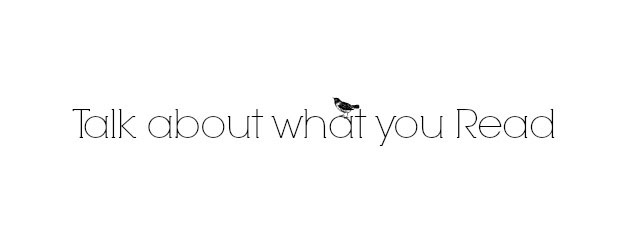
Sometimes, our sons just read because it is what is expected. And many times, they are not understanding what they are reading. It is just as important that our children learn about story and character development as they do about diction, grammar and sentence structure. Many times we do not realize if they are misinterpreting what they are reading if we do not talk about it with them. And talking can be tricky. Simply asking, “How was your book?” will most likely get you nowhere. Engage him on the small details, and get specific and keep it simple. I promise a discussion will happen if you give his brain time enough to warm up to recalling facts and feelings – you’ll be lucky if you can get him stop!
The best part about discussing books with your son, he will go back to his book with a better understanding of the story and structure. It’s a system of cyclical rewards and it teaches them how to think analytically about what they are reading, realizing that there is a forum in which they can talk and these characters and ideas can continue to develop outside the book in their hands.
What is most important to take away from all of this is one simple concept – we want our sons to learn to love to read. And the best way to do that is to let go of our own expectations and ego so as to not affect their own expectations and ego.
Creating an environment full of books, discussions, opportunities and lots of cozy nooks to curl up in is the key to this process. Variety and positive attitudes are core components as well. But mostly, we need to let their brains develop at their own pace, understanding that boys are different and that they develop differently and to be patient with their process. This doesn’t mean that we don’t challenge them and push them out of their comfort zones now and then so as to assess whether they are ready for the next level – but it does mean that we don’t push so hard that they stop wanting to participate, that they feel less than or not smart enough.
Reading is simply an evolution of the storytelling process, our oral narratives and histories put to paper. Help your son to fall in love with the story, the thrill of a good plot and good characters and you will help him fall in love with the possibilities hidden within each of the colorful books lining his shelves. Reward him greatly for his accomplishments and you will instill confidence in him at a young age that will be hard to diminish.
I still dream about the day that I will find my son curled up on the couch reading The Sound and the Fury, but for now I will relish that he loves to read – as he is curled up on the couch laughing hysterically at whatever witticism that Calvin has sneered at Hobbes.
Here are a few of the reading charts we’ve used over the years. We usually tape them up on bedroom doors or stick them to the fridge along with a marker and let the kids cross of chapters or books as they go! Click on the photos to download and print.
Enjoy and good luck!
